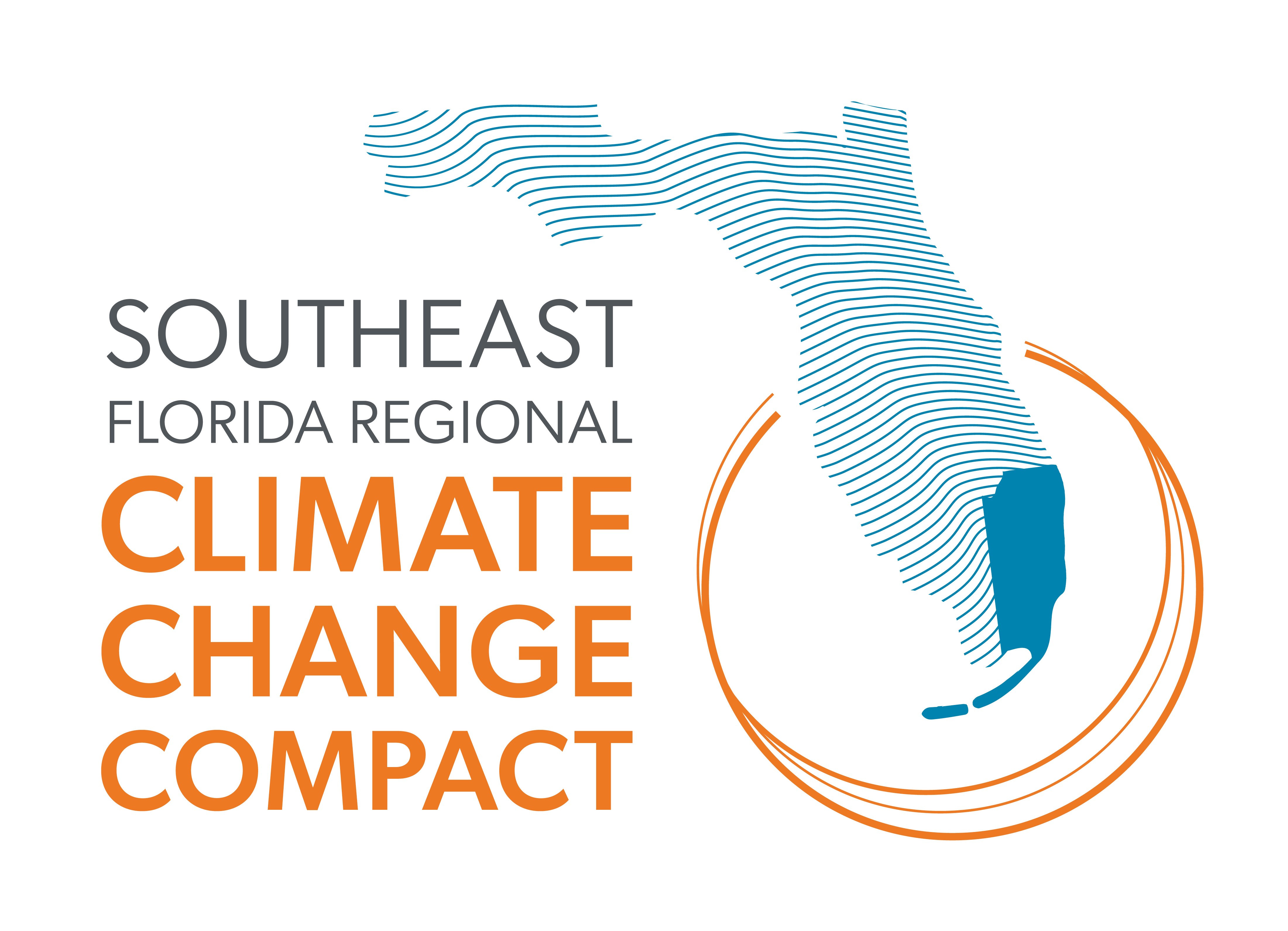Integrate and analyze social vulnerability data as part of all local government and agency processes.
STRATEGIES
EQ-6.1 Review and analyze existing social vulnerability data and projected risks due to climate impacts, ensuring such data is incorporated in vulnerability assessments and applied to local contexts. When integrating and exploring socioeconomic data, disaggregate by race, income, housing tenure, unemployment, disability, transit dependence, etc. Embed locally relevant social vulnerability data and planning tools in decision-making processes and when developing equitable approaches and solutions.
IMPLEMENTERS: local governments, Tribal governments, consultants/contractors, health care sector, regional agencies
EQ-6.2 Use social vulnerability data to drive decision-making for regulatory frameworks, infrastructure locations and relocation costs. Balance the use of cost-benefit analysis or economic valuation approaches, which may result in inequitable investments in areas with relatively high property values, with the valuation of social and environmental factors. Create or amend existing planning documents to ensure sufficient mitigation of local social vulnerabilities exacerbated by climate change.
IMPLEMENTERS: local governments, Tribal governments, regional agencies
EQ-6.3 Create an accessible, public-facing toolkit of trusted social vulnerability data resources so stakeholders can find usable and actionable data. Some examples are:
- Florida Institute of Health Innovation reports
- Centers for Disease Control and Prevention Social Vulnerability Index and reports
- U.S. Census data
- U.S. Global Change Research Program Climate and Health Assessment
- County and municipal data
- Asset Limited, Income Constrained, Employed (ALICE) Reports
- U.S. Environmental Protection Agency (EPA) Environmental Justice Screening and Mapping Tool
IMPLEMENTERS: local governments, Tribal governments, community-based organizations,
non-profit organizations, regional agencies
